Nestled on Sardinia’s western coast, Oristano swept me off my feet with its mix of ancient heritage and raw natural beauty. When I visited last summer, I stumbled upon a city brimming with archaeological treasures, especially the nearby ruins of Tharros—an ancient Phoenician city that whispers stories of civilizations long gone.
You’ll find a region where important archaeological sites, wild wetlands, and real Sardinian culture all collide. It’s one of the island’s most rewarding, yet oddly overlooked, destinations.
As I wandered through Oristano’s historic center, I couldn’t help but feel the layers of history under my feet. The city opens the door to western Sardinia’s cultural gems, like the mysterious Giants of Mont’e Prama at the Museo Civico Giovanni Marongiu.
These ancient stone warriors, made by the Nuragic civilization, stand frozen in time—silent but powerful reminders of Sardinia’s tangled past.
What really caught me off guard was how Oristano juggles culture and nature so effortlessly. The city sits close to stunning wetlands, drawing in all kinds of wildlife and offering a peaceful break from the ruins and museums.
I’d spend my mornings unraveling ancient mysteries, then my afternoons watching flamingos in their natural habitat. It’s a place where history, culture, and untouched beauty just… mix.
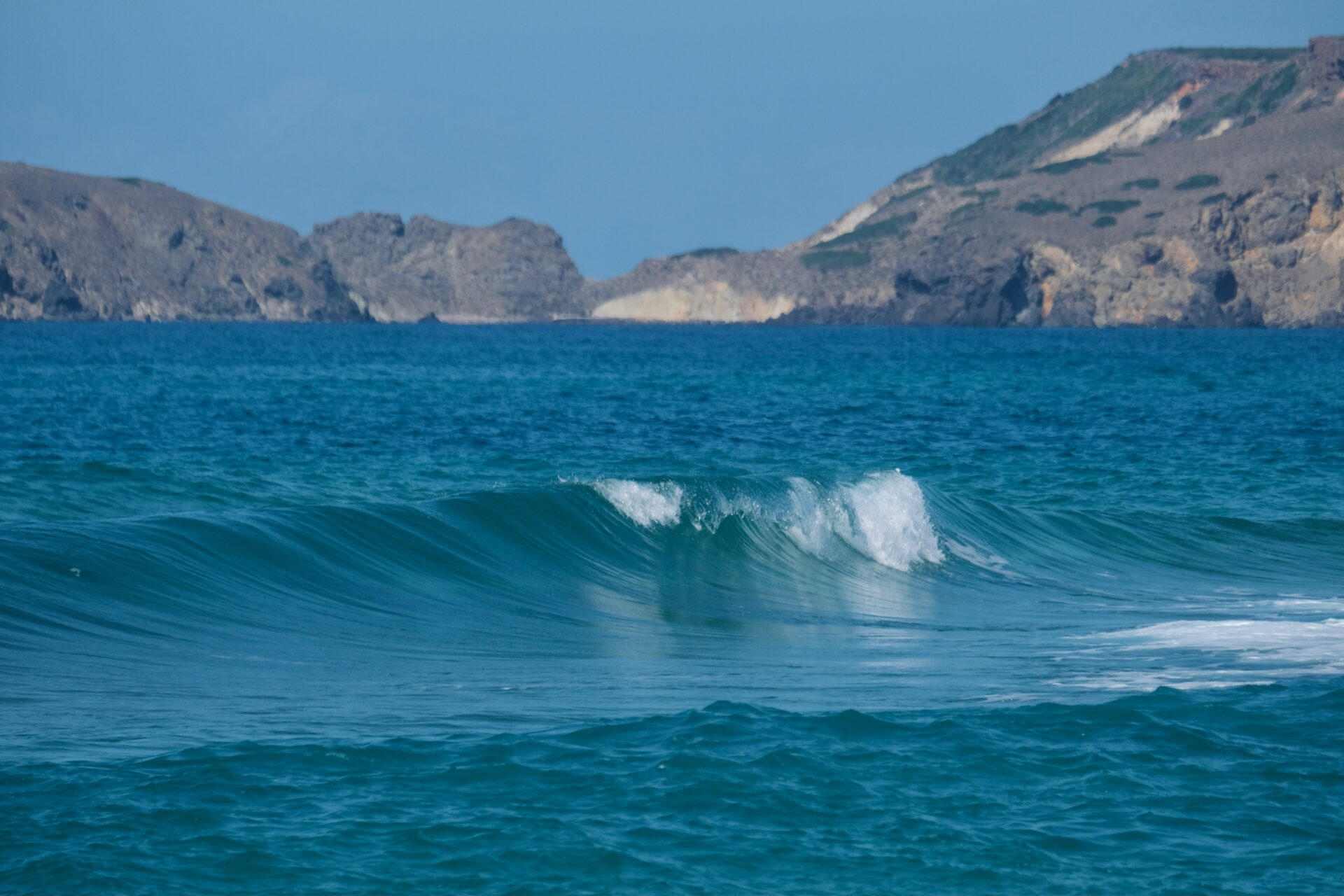
Ancient Roots: Oristano’s Heritage and Identity
Oristano’s story stretches back to the sixth millennium BC. That’s a lot of time to shape a unique cultural identity, with wave after wave of different peoples leaving their imprint on this central-western part of Sardinia.
Influence of Ancient Civilizations
The province of Oristano wears its history on its sleeve. I’ve always found the megalithic structures scattered across the landscape mesmerizing—these silent stones bear witness to the earliest communities who called this place home.
The Nuragic civilization made the biggest mark, honestly. Their stone towers still rise above the countryside, stubbornly standing after thousands of years.
Walking among these ancient structures feels almost like stepping through a portal—or maybe that’s just me letting my imagination run wild.
Phoenicians, Carthaginians, and Romans all rolled through here too. Each brought new architecture, religions, and customs, which slowly blended with what was already here.
Every time I visit a burial site or stumble on the remains of a Roman bath, I’m reminded that the province itself acts as a living museum.
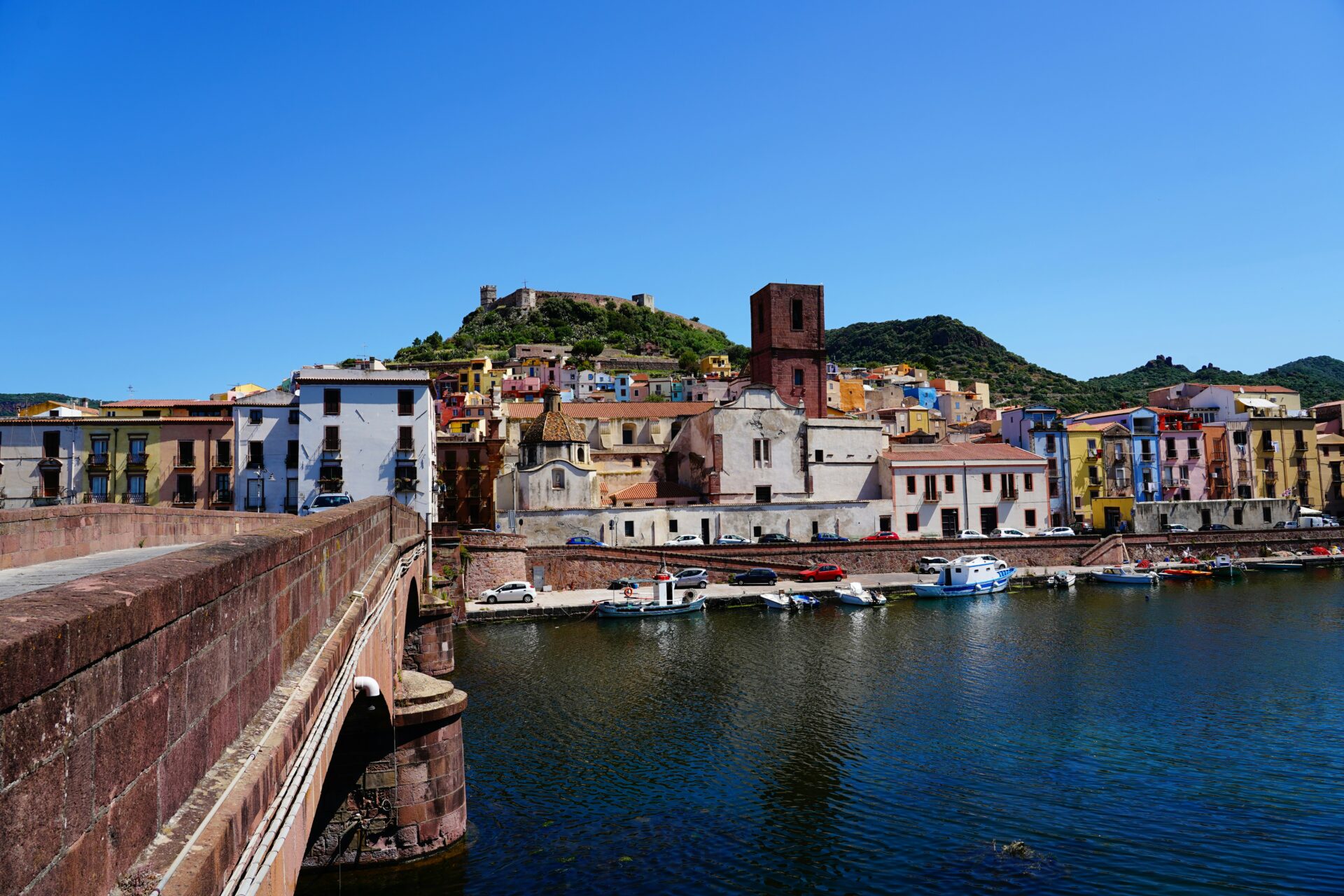
Evolution of Oristano’s Culture
Oristano flourished in medieval times as the capital of the Giudicato of Arborea, one of Sardinia’s old independent states. I’ve wandered the narrow lanes where powerful judikes once ruled and shaped the local way of life.
Festivals here go deep. The Sartiglia, Oristano’s famous equestrian tournament, mixes medieval traditions with rituals from way before Christianity.
Local artisans keep old techniques alive—ceramics, weaving, woodworking. I’ve watched these skills pass down through families, generation after generation.
Religious traditions blend Catholic practices with much older beliefs. Many churches sit atop sites that once hosted pagan rituals, forming a spiritual thread that runs through the ages.
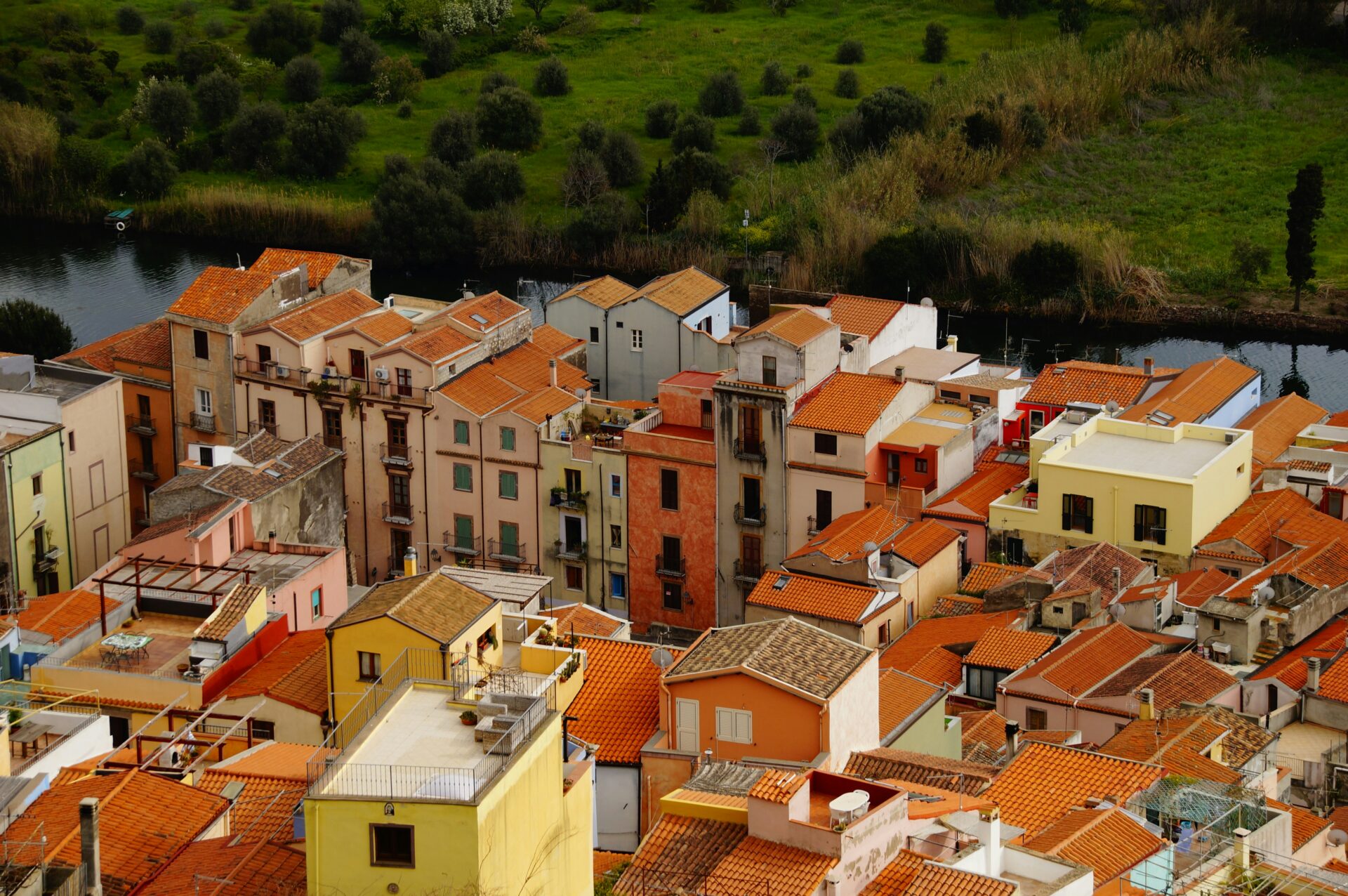
Impact of Migration and Demographics
Migration has always shaped Oristano’s people. Today, you’ll hear different dialects and spot unique customs in every town.
Rural exodus has hit hard in some places. Locals have told me how younger folks often move to cities or even leave Sardinia, which puts old traditions at risk.
Lately, new migration patterns have started to emerge. A few immigrants from different countries have brought fresh influences, and some city-dwelling Italians have moved here for the peace and quiet.
Tourism adds another twist. Seasonal visitors boost the economy, but they also make it tricky to preserve authentic traditions and keep communities tight-knit.
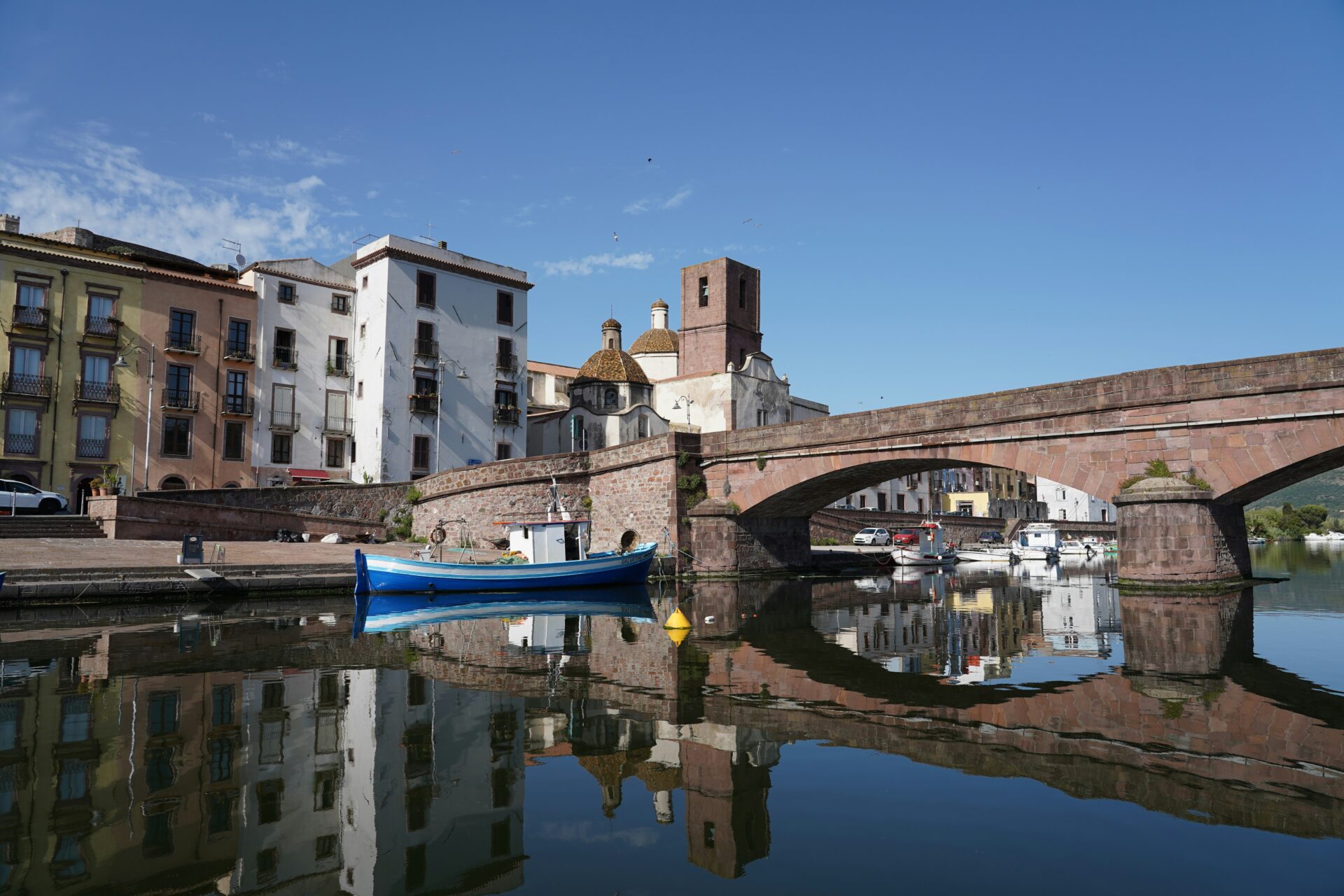
Wetland Wonders: Unveiling the Sinis Peninsula
The Sinis Peninsula in western Sardinia blew me away with its wild beauty and ecological richness. This slice of Oristano province protects some of the Mediterranean’s most important wetland systems.
Eco-Treasures of Cabras Lagoon
I strolled along Cabras Lagoon one spring morning and was genuinely taken aback by its calm beauty and ecological value. Spanning nearly 2,200 hectares, this lagoon ranks among Sardinia’s largest.
Here, freshwater and saltwater mix, creating a haven for plants and animals. Local fishermen still use old-school methods to catch mullet, sea bass, and the prized bottarga.
As I explored, I realized how the lagoon helps maintain the peninsula’s water balance. Marshy areas filter water and keep the coast from eroding away.
The early morning light dancing on the water? Honestly, it was a photographer’s dream.
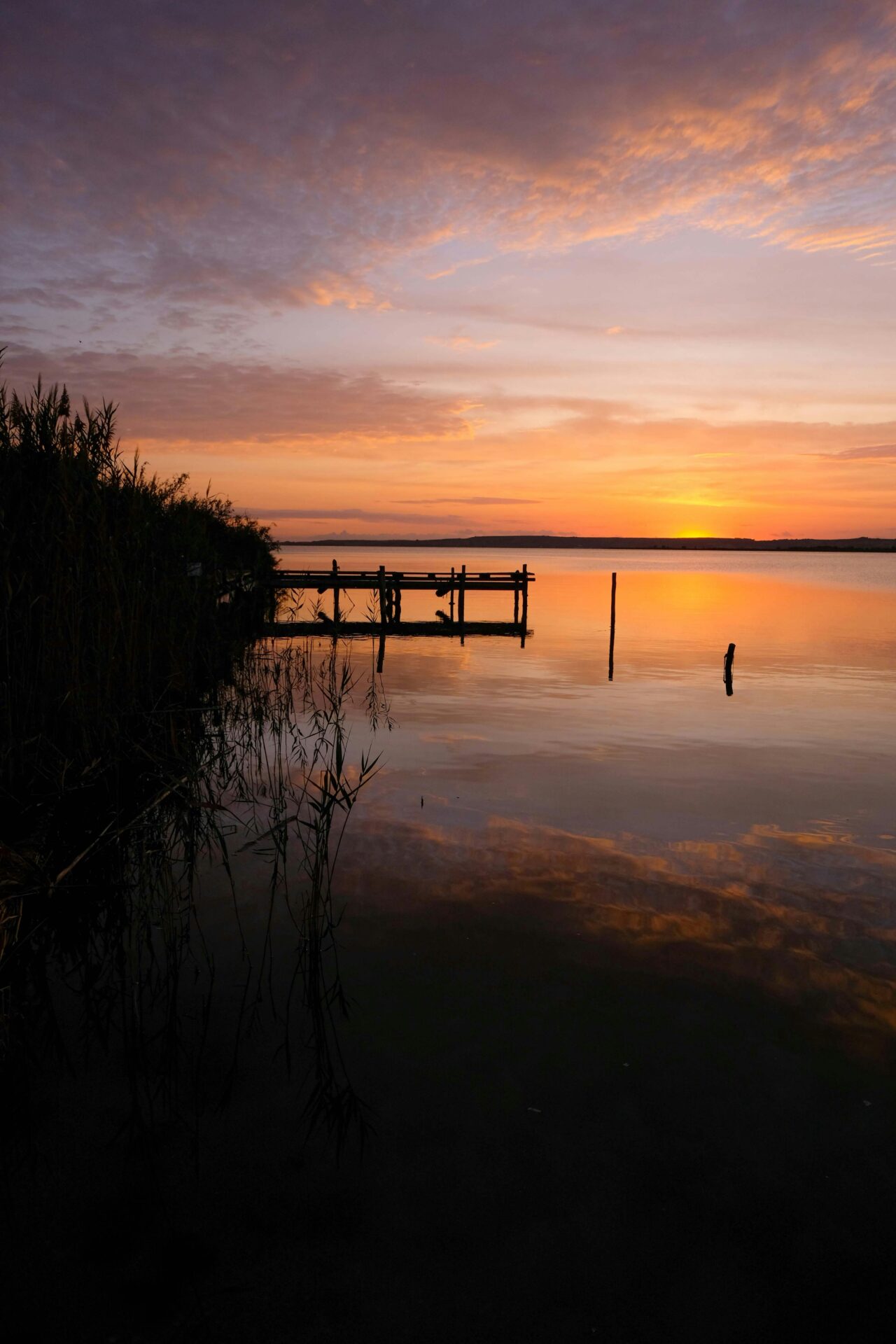
Birdwatching and Wildlife Encounters
The Sinis wetlands attract over 200 bird species, making it a birdwatcher’s paradise. I spent an unforgettable afternoon watching pink flamingos wade through the shallows, their reflections glowing in the sun.
Other birds I spotted included:
- Purple herons standing perfectly still among the reeds
- Little egrets darting for tiny fish
- Marsh harriers soaring above
- Kingfishers zipping by in a flash of blue
The best birdwatching? I found it at the observation hides near Mistras Lagoon, especially early in the morning or late in the day.
The wetlands also shelter amphibians, reptiles, and small mammals. One lucky day, I spotted a European pond turtle basking on a log along a nature trail.
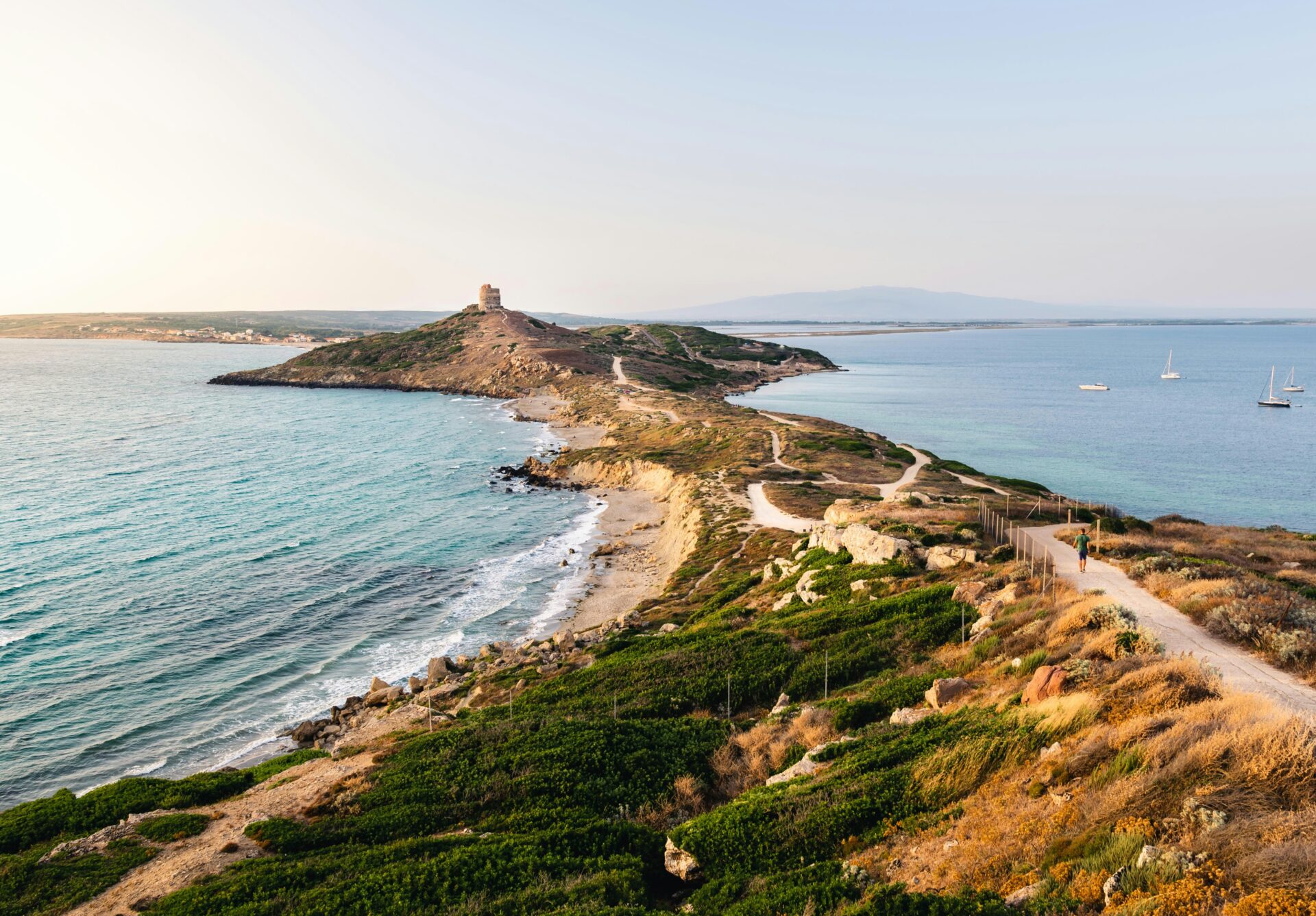
Sustainable Development in Oristano
Communities around Oristano have really embraced eco-tourism. I noticed how they’ve held onto traditional fishing while adding new nature-focused businesses.
Local guides now offer kayak tours through the wetlands. I joined one and learned a ton about the delicate balance between people and nature.
Climate change is a big concern here. Rising sea levels could upset the mix of freshwater and saltwater that makes these wetlands so unique. Local authorities have started monitoring and restoration projects to help keep the ecosystem alive.
The Sinis Peninsula shows that protected landscapes and human communities can thrive together. Farmers have shifted their practices to use less water and cut down on chemical runoff.

Living Traditions: Culture, Cuisine, and Agriculture
Oristano doesn’t just preserve traditions—they live them. Food, farming, and festivals keep the culture real and rooted, connecting locals to their history and their future.
Sardinian Cuisine and Agritourism
Oristano’s flavors tell centuries-old stories. I’ve found that local cuisine leans heavily on fresh, seasonal ingredients pulled straight from nearby farms and waters.
Dishes like su porcheddu (roasted suckling pig) and bottarga (cured fish roe) show just how much the region values authentic preparation.
Dining here feels different. Small family farms invite you to join in harvests and food prep. I’ve picked olives for oil and learned to make malloreddus (Sardinian gnocchi) from local wheat.
Agritourism now plays a big role in the economy. Farmers get to share their heritage and earn a living, while visitors like me wake up to roosters and enjoy breakfasts of fresh eggs and homemade cheese.

Festivals and Daily Life
Oristano’s calendar is packed with celebrations that bring ancient customs to life. The wildest is Sa Sartiglia, a medieval equestrian tournament during Carnival. Masked horsemen race through the streets, trying to spear a star—honestly, it’s a rush to watch.
Village life follows the seasons. Grape harvests in autumn bring people together for wine-making, while summer ends with bread-making festivals. I’ve joined older women as they craft intricate breads for weddings and religious events.
Daily routines keep old ways alive. Big family meals, weaving, and basket-making all happen in home workshops. These aren’t just for show—they’re part of who people are.
Language keeps the culture vibrant, too. In homes and markets, I hear the distinct Sardinian dialect, which is pretty different from Italian and preserves words from before the Romans.
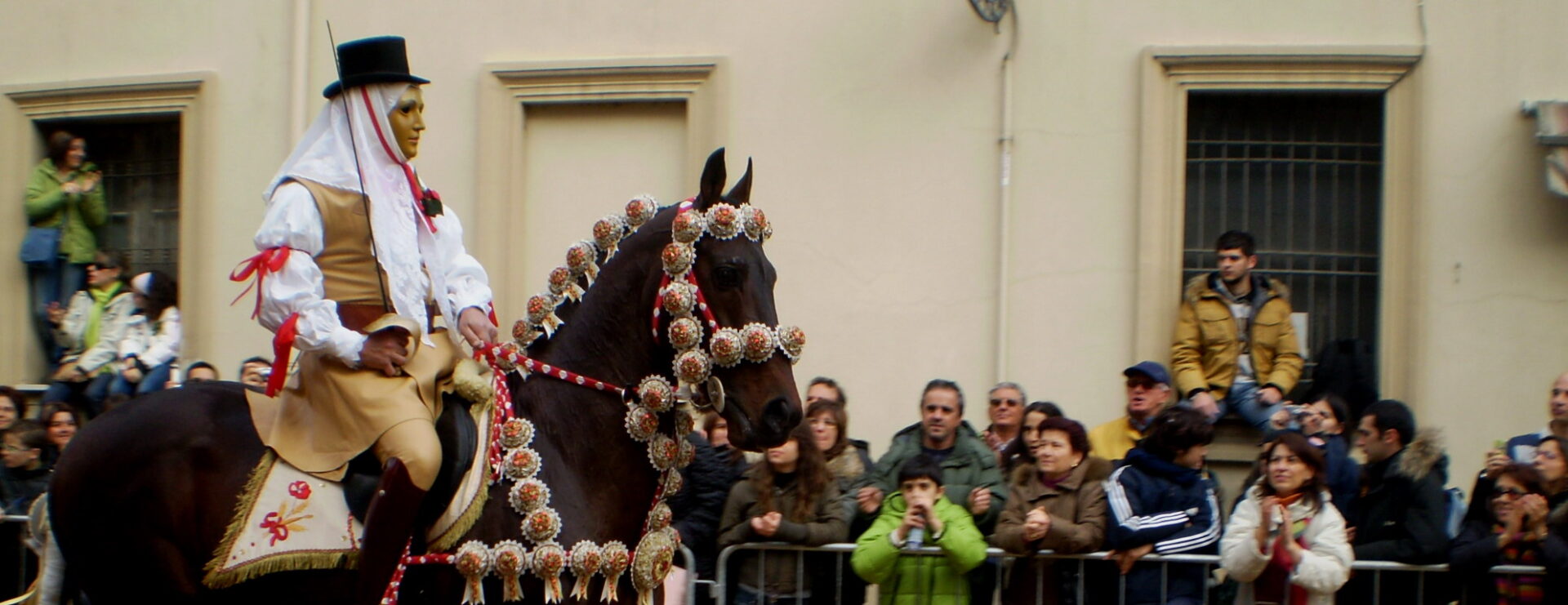
Exploring Oristano: Towns, Activities, and Travel Insights
Oristano mixes history, nature, and real Sardinian culture in a way that just works. When I explored this western province, I found charming medieval towns, amazing outdoor activities, and welcoming places to stay that made my trip unforgettable.
Must-Visit Towns and Villages
Bosa really stands out. I spent a day wandering its colorful houses along the River Temo and climbing up to Malaspina Castle for sweeping views of the coast.
The medieval center feels like a step back in time, with narrow cobbled streets and old churches. Sa Costa, the old quarter, is full of steep stairs and hidden corners.
San Salvatore di Sinis has a Wild West vibe with its stone houses. It’s famous for the “Sa Corsa de sa Stella” horse race every September.
In Oristano’s old town, the Cathedral of Santa Maria Assunta and the Tower of Mariano II both impressed me with their history.
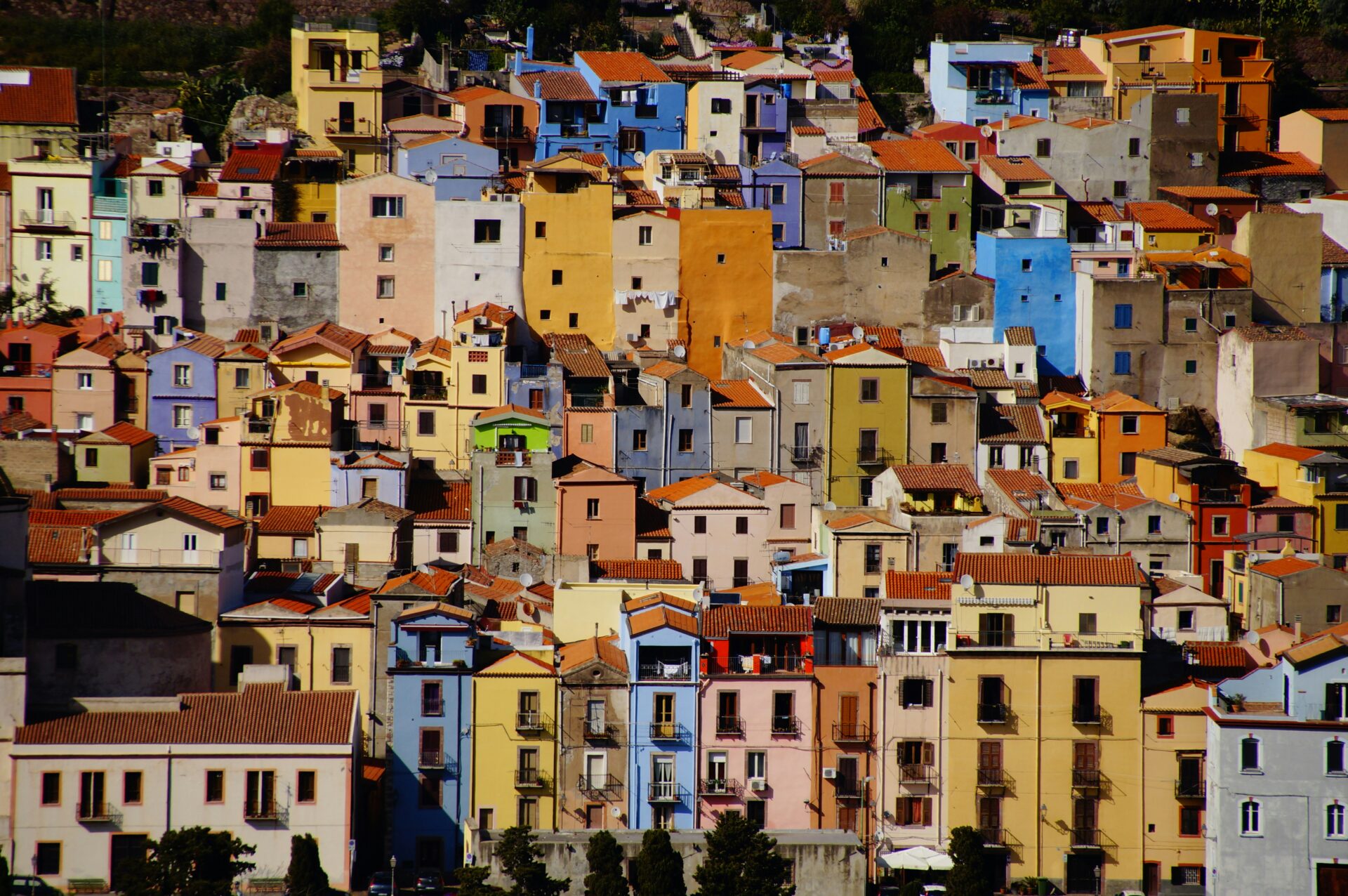
Outdoor Adventures and Cycling Routes
Cycling is hands down one of the best ways to see the province. The coastal route from Torre Grande to San Giovanni di Sinis offers killer Mediterranean views and cuts through the Sinis Peninsula’s protected area.
Nature lovers will find paradise in the Sinis wetlands. I spotted flamingos, herons, and a bunch of migratory birds at S’Ena Arrubia lagoon.
Popular Cycling Routes:
- Coastal Route: Torre Grande → San Giovanni (25km, easy)
- Mountain Route: Towards Gennargentu mountains (40km, moderate)
- Historical Route: Linking ancient Nuragic sites (35km, easy to moderate)
Water sports are everywhere along the coast. Surfing is especially big in Bosa Marina, where the winds create great conditions—even for newbies.

Where to Stay: Accommodation Recommendations
Rural tourism is booming in Oristano. I found that staying in an “agriturismo” gives you the most authentic experience.
These farm stays serve up home-cooked meals made from local ingredients and let you glimpse real Sardinian life.
In Oristano city, Hotel Mistral is a solid pick for its central spot and comfy rooms. If you’re after a bit of luxury, Palazzo Pischedda in Bosa blends historic charm with modern comfort.
Budget travelers can’t go wrong with B&B Villa Archelao near the historic center. I loved the homemade breakfasts—local pastries and fresh fruit every morning.
If you love the beach, Torre Grande is a great base. Small hotels and vacation rentals put you right by the sand. I especially enjoyed sunset walks along the promenade after a day of exploring.
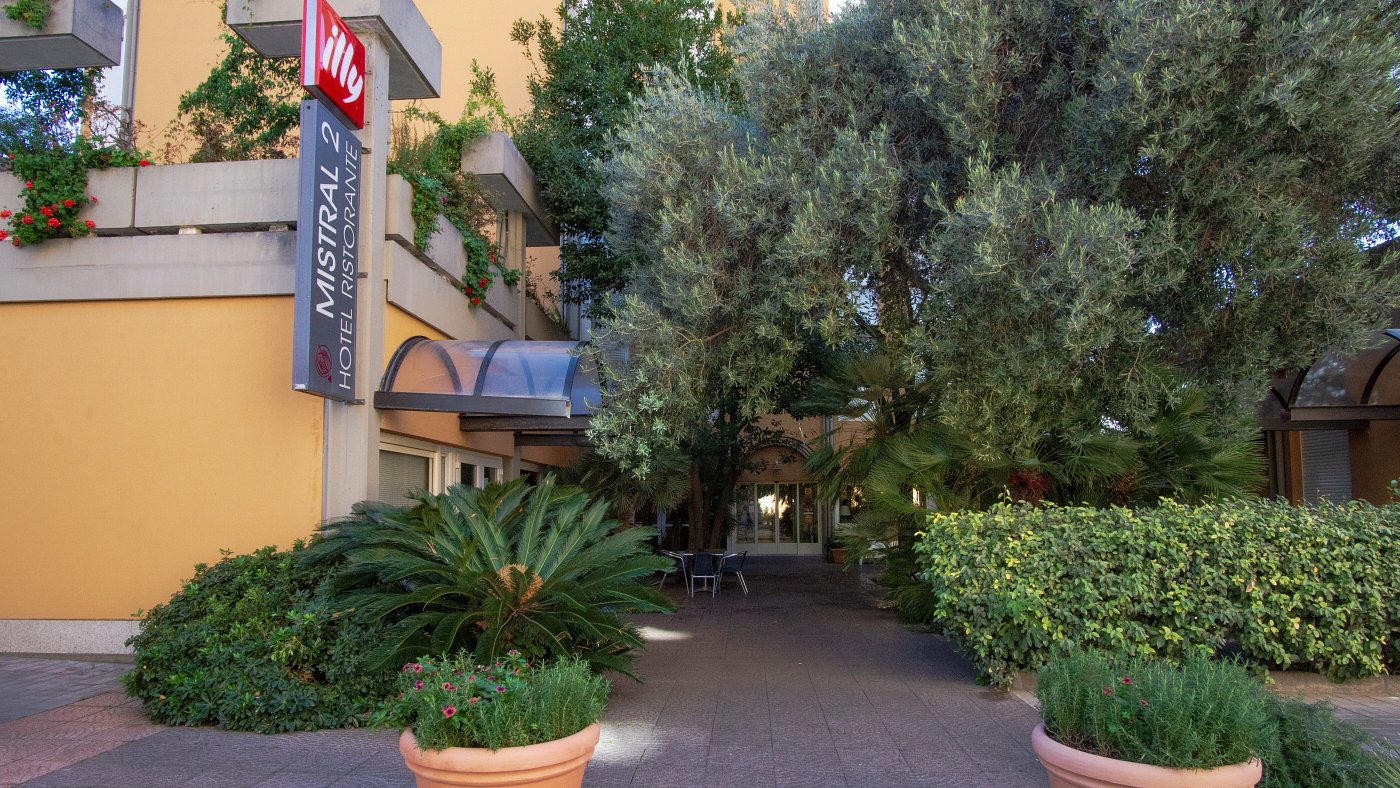
Capturing Oristano: Photography, Art, and Visual Inspirations
Oristano’s mix of historic architecture, coastal landscapes, and lively traditions gives photographers and artists plenty to work with. The changing light throughout the day keeps familiar scenes feeling fresh and full of possibility.
Best Spots for Pictures and Panoramas
The Bastioni Marco Polo gives you one of my favorite panoramic views in Oristano. I love standing on these old ramparts and snapping breathtaking photos of the Mediterranean Sea with those dramatic cliffs in the background.
Early morning light just hits differently—it creates this golden glow that’s perfect for landscape photography. I never get tired of it.
In the historic center, Piazza Eleonora really turns into a photographer’s paradise during the golden hour. If you use portrait mode, you can catch all the intricate details on the historic buildings and soak up the vibrant local life.
The Sinis Peninsula draws in photography enthusiasts with its stunning coastal scenery. I’ve snapped some of my favorite shots at the Tharros archaeological site, where you can fit both history and nature into one frame.
If you want the best results, try this:
- Morning: Catch the wetlands with birds and that soft, gentle light.
- Sunset: Go for the ancient ruins with those orange and pink skies—seriously, it’s unreal.
- Blue hour: Grab dramatic silhouettes of the old structures.
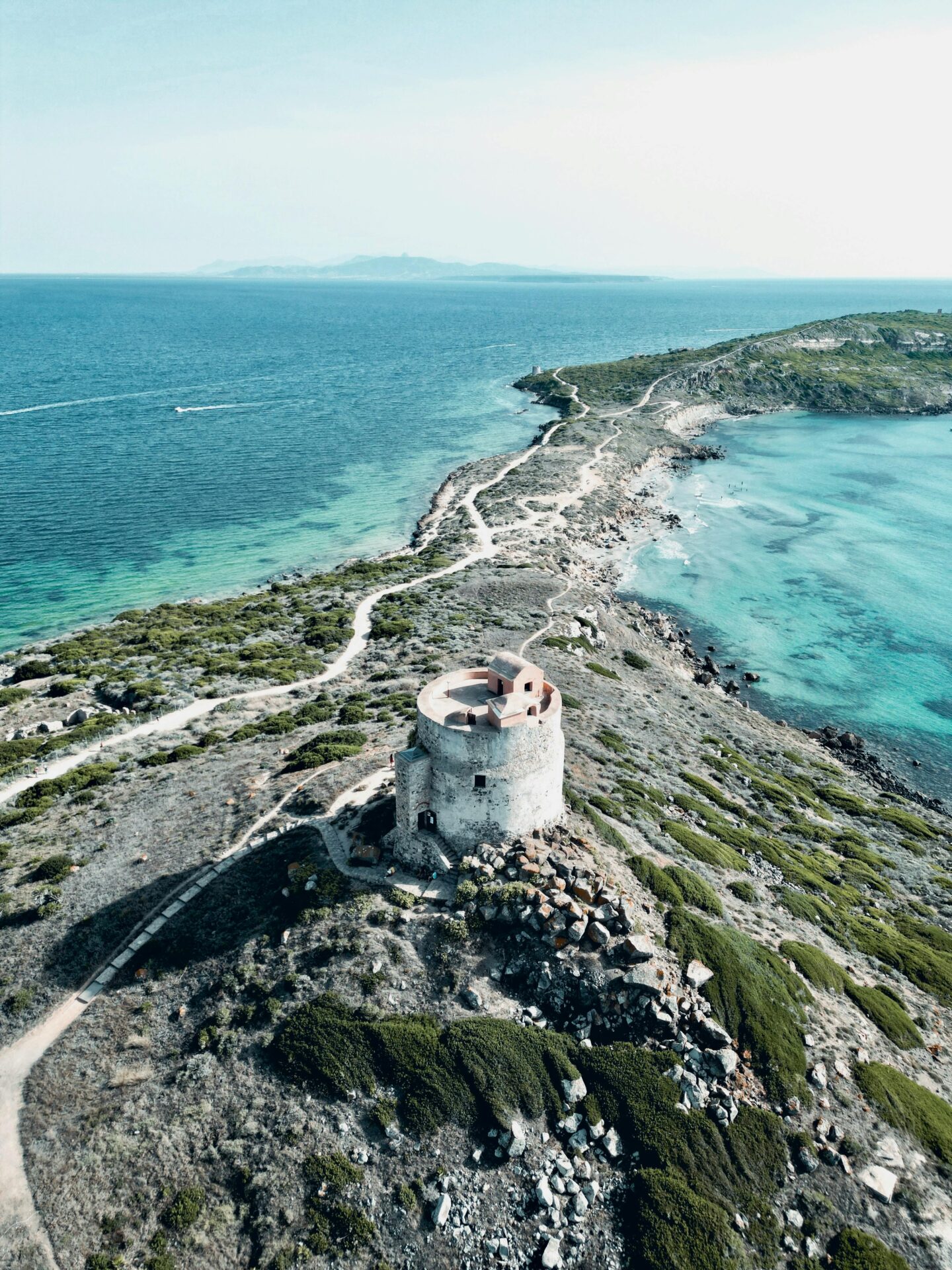
Artistic Representations: Illustrations and Vectors
Local artists have poured their creativity into beautiful illustrations that capture Oristano’s vibe. You’ll spot detailed architectural drawings of the cathedral and stylized vector art of Sa Sartiglia festival riders.
I’ve wandered into a few galleries in the historic center that showcase watercolor paintings of the wetlands. The color palettes in those pieces really reflect the environment—there’s something special about seeing it through an artist’s eyes.
Digital artists also add to Oristano’s visual storytelling with vector illustrations. These show up on promotional materials and souvenirs, often in squared compositions that highlight iconic symbols like the Tower of St. Christophoro or the traditional carnival masks.
Honestly, whether you’re a photographer or just someone who appreciates good art, Oristano has plenty to inspire you.
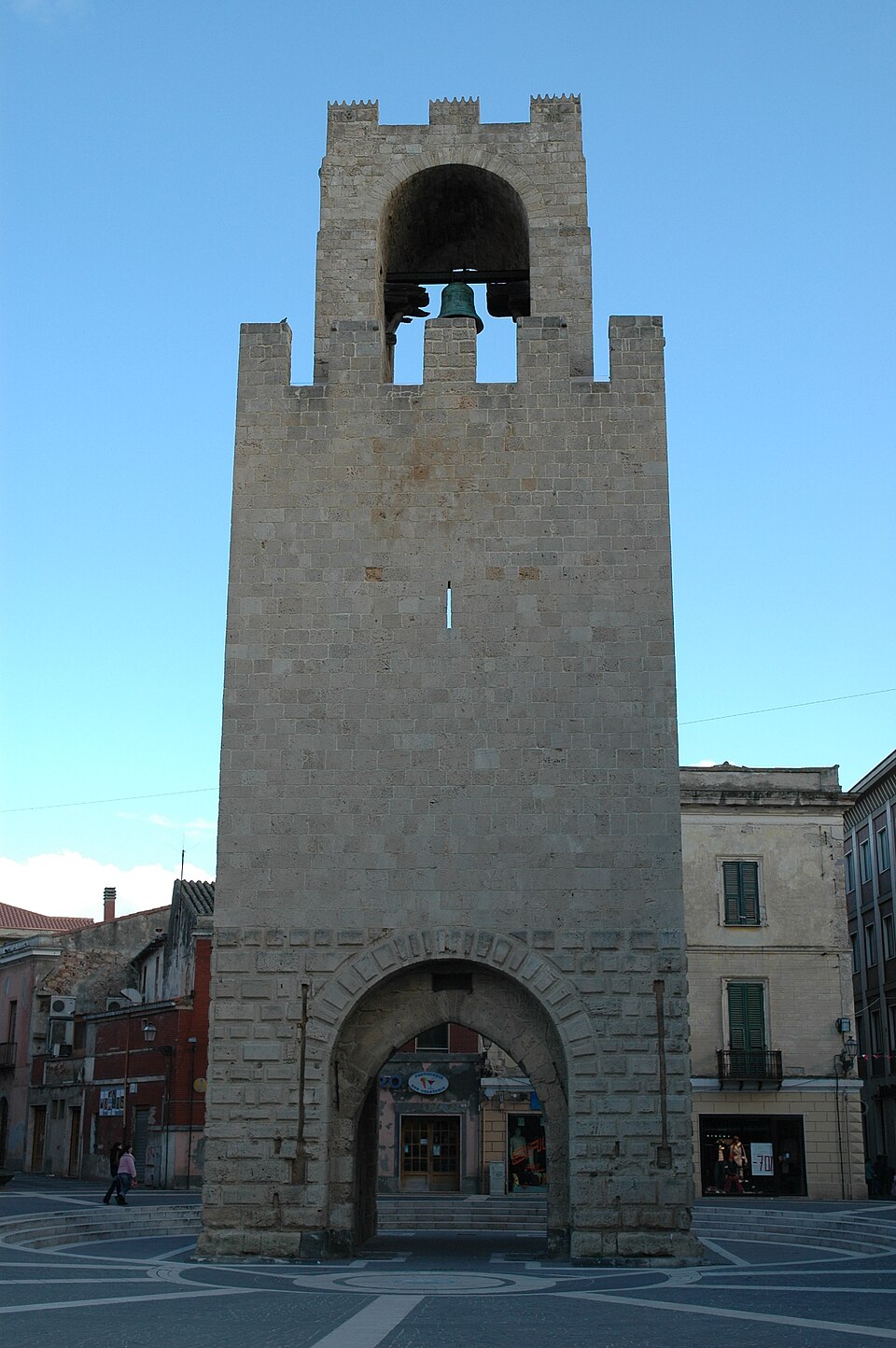
Video and Multimedia Explorations
These days, everyone seems to love 4K walking tours for exploring Oristano from afar. I watched a bunch before my first trip—I have to say, they really helped me get my bearings. The videos do a great job of soaking up the vibe in the old town and the busy markets.
Drone shots give you a whole new look at the city and the land around it. When you see the wetlands from above, all the patterns and colors just pop out at you.
A lot of local festivals show up in high-quality videos online, so traditions stick around for everyone to see. If you catch the Sa Sartiglia horse tournament, you’ll see riders in costume and wild stunts—honestly, it’s hard not to get swept up in all that energy.

